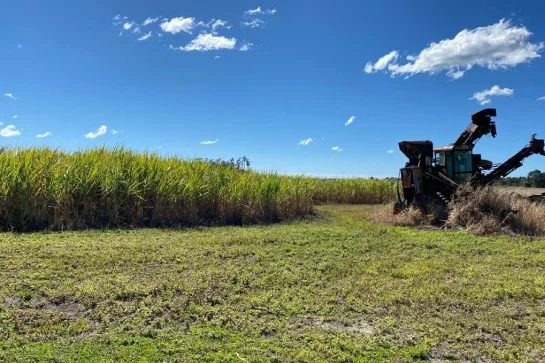The power of new DNA technologies has helped a University of Canberra researcher to monitor the endangered northern corroboree frog for the first time.
Researchers from the Institute of Applied Ecology (IAE) have developed sensitive and cost-effective methods to monitor the survival of captive bred northern corroboree frogs (Pseudophryne pengilleyi) after their release into the wild.
This method detects traces of DNA that frogs leave behind in pond water such as skin and secretions, in a process called environmental DNA (eDNA) monitoring. This study is published in Wildlife Research.
“The corroboree frog is an iconic Australian species,” says lead researcher Jack Rojahn. “Like many amphibians worldwide they have been decimated by a disease caused by the chytrid fungus and are now endangered. Scientists have invested a great deal to conserve the corroboree frog through captive breeding programs, and we hope this study can complement the work they do.”
Researchers from the IAE introduced captive-bred northern corroboree eggs to three small frog-free ponds in the Brindabella Ranges. Water samples were taken immediately before the introduction of eggs, and 1, 8, 15, 22, and 78 days after.
After processing, samples were analysed and showed a perfect match to a DNA sequence from the northern corroboree frog. Corroboree frog DNA was detected at all sites at some point during the study period, but at only two sites after 78 days.
“Our eDNA monitoring project proved it is possible to detect corroboree frog DNA in pond water after the release of eggs. This information could be useful in understanding the timing and cause of population failure once introduced to the wild,” says Mr Rojahn.
“This can provide information that may be critical for conservation and management decisions that aid corroboree frog survival.
“The next step is to continue this monitoring over the summer during breeding season, and even to other frog species. Some species have been able to develop some resistance to the chytrid fungus, and I’m hoping that the corroboree frog can do the same,” says Mr Rojahn.








